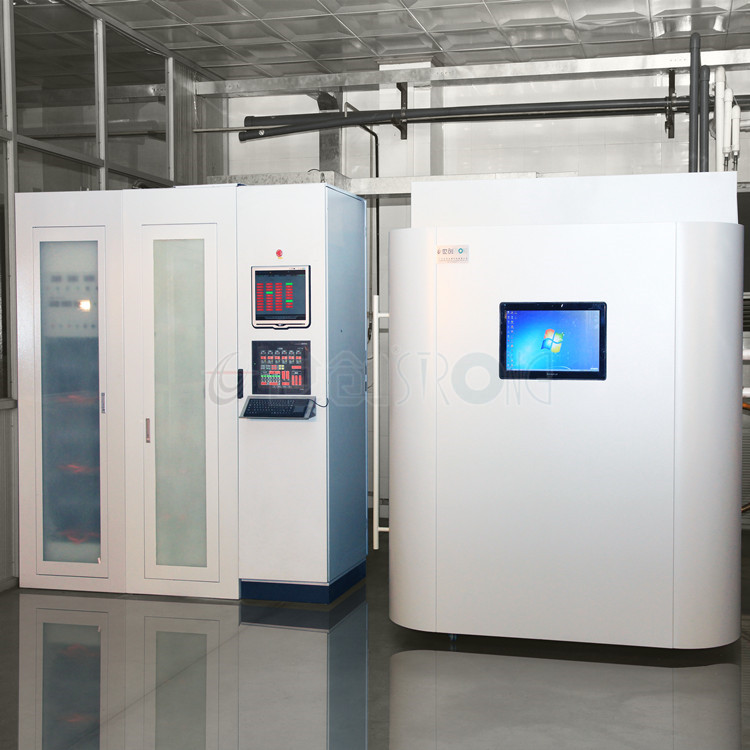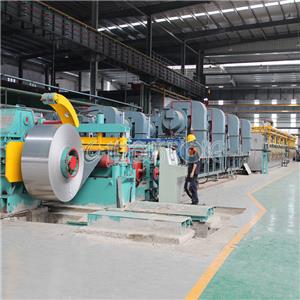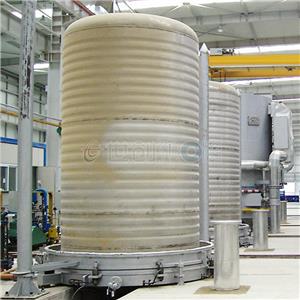What is PVD coating machine
PVD coating and PVD coating machine
1. The meaning of PVD - PVD is the abbreviation of Physical Vapor Deposition in English, which means "Physical Vapor Deposition" in Chinese. It refers to the thin film preparation technology of depositing materials on the coated workpiece by physical methods under vacuum conditions.
2. PVD coating and PVD coating machine-PVD (Physical Vapor Deposition) coating technology is mainly divided into three categories: vacuum evaporation coating, vacuum sputtering coating and vacuum ion coating. Corresponding to the three categories of PVD technology, the corresponding vacuum coating equipment includes vacuum evaporation coating machine, vacuum sputtering coating machine and vacuum ion coating machine. In the past ten years, the development of vacuum ion plating technology is the fastest, and it has become one of the most advanced surface treatment methods. The PVD coating we usually refer to is vacuum ion coating; The PVD coater is usually referred to as the vacuum ion coater.
3. The principle of PVD coating technology - PVD coating (ion coating) technology, its specific principle is to use low voltage and high current arc discharge technology under vacuum conditions, use gas discharge to vaporize the target and ionize the vaporized substance and gas, and use the acceleration effect of electric field to deposit the vaporized substance and its reaction products on the workpiece.

4. Characteristics of PVD coating film - The film deposited by PVD coating technology has high hardness, high wear resistance (low friction coefficient), good corrosion resistance and chemical stability, and longer service life; At the same time, the film can greatly improve the appearance and decoration performance of the workpiece.
5. Types of PVD coating that can be coated - PVD coating technology is an environmentally friendly surface treatment method that can truly obtain micron coating without pollution. It can prepare various single metal films (such as aluminum, titanium, zirconium, chromium, etc.), nitride films (TiN, ZrN, CrN, TiAlN), carbide films (TiC, TiCN), and oxide films (such as TiO, etc.).
6. Thickness of PVD coating film - The thickness of PVD coating film is micron, and the thickness is relatively thin, generally 0.3 μ m ~ 5 μ m. The thickness of decorative coating is generally 0.3 μ m ~ 1 μ m. Therefore, the physical and chemical properties of the workpiece surface can be improved without affecting the original size of the workpiece. No further processing is required after plating.
7. Color types of PVD coating that can be coated - PVD coating currently can be made of dark golden yellow, light golden yellow, coffee, bronze, gray, black, gray-black, seven-color, etc. The color of the coating can be controlled by controlling the relevant parameters in the coating process; After the coating is completed, the color can be measured with relevant instruments to quantify the color to determine whether the coating color meets the requirements.
8. The similarities and differences between PVD coating and traditional chemical electroplating (water electroplating) - The similarities and differences between PVD coating and traditional chemical electroplating are that both belong to the scope of surface treatment, which is to make one material cover the surface of another material in a certain way. The difference between the two is that the PVD coating film has greater adhesion to the workpiece surface, higher hardness, better wear resistance and corrosion resistance, and more stable performance of the film; PVD coating will not produce toxic or polluting substances.
9. The application of PVD coating technology, which is currently the main application industry of PVD coating technology, is mainly divided into two categories: decorative coating and tool coating. The main purpose of decorative plating is to improve the appearance, decorative performance and color of the workpiece, and make the workpiece more wear-resistant and corrosion resistant to extend its service life; It is mainly used in various fields of hardware industry, such as door and window hardware, locks, bathroom hardware, etc. The main purpose of tool plating is to improve the surface hardness and wear resistance of the workpiece, reduce the friction coefficient of the surface, and improve the service life of the workpiece; This aspect is mainly used in various cutting tools, turning tools (such as turning tools, planers, milling cutters, drills, etc.), various hardware tools (such as screwdrivers, pliers, etc.), various molds and other products.
10. Main characteristics and advantages of PVD coating (ion coating) technology - Compared with vacuum evaporation coating and vacuum sputtering coating, PVD ion coating has the following advantages:
A. The adhesion between the film and the workpiece surface is strong, more durable and wear-resistant
B. The ion diffraction performance is good, and it can be used to plate workpieces with complex shapes
C. Fast deposition rate and high production efficiency
D. Wide range of coating layers
E. The film has stable performance and high safety (FDA certified, can be implanted into human body). Comparison of three coating methods of vacuum evaporation coating, vacuum sputtering coating and vacuum ion coating




